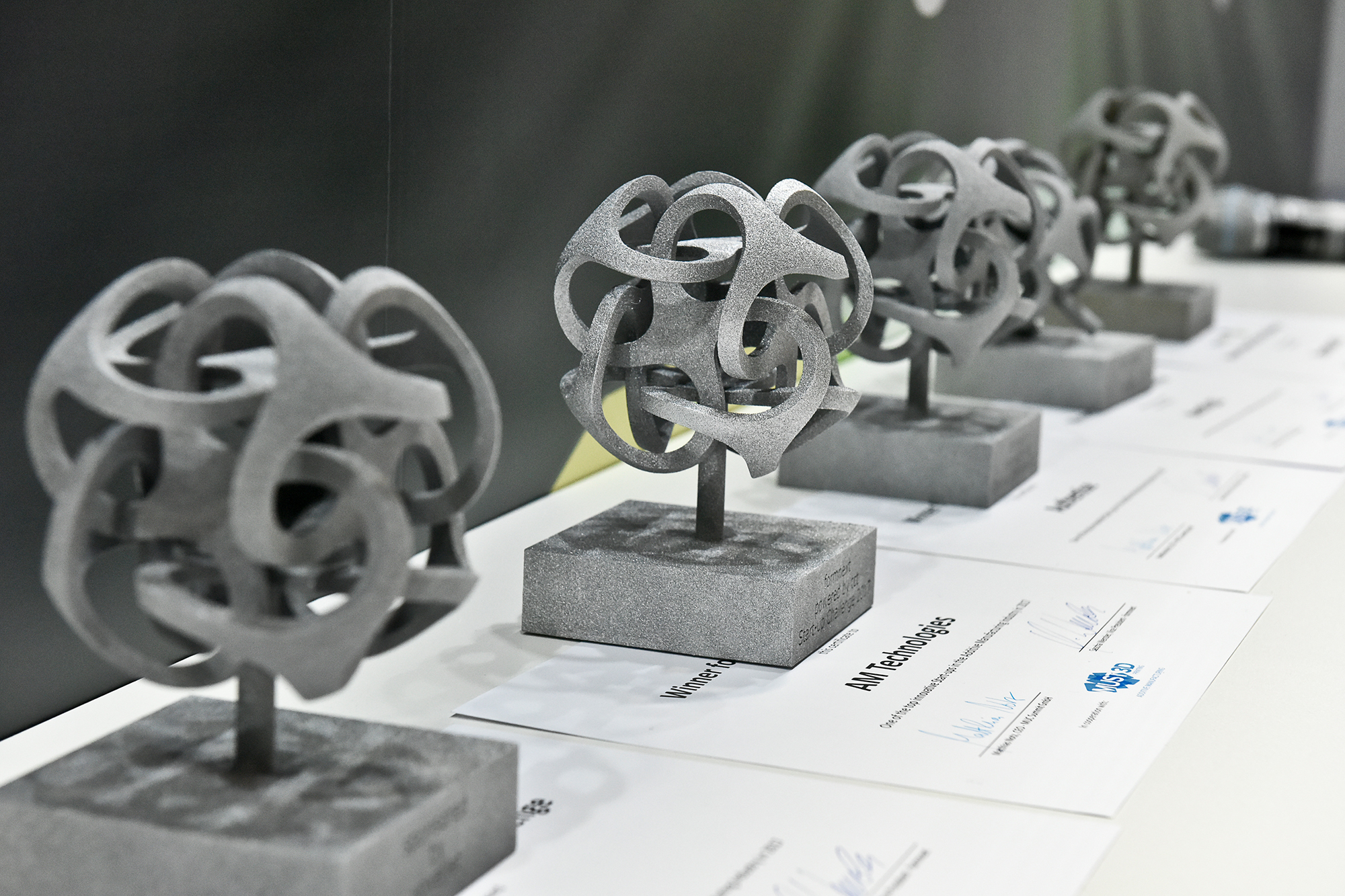It just remains a couple of weeks and we will be present at the biggest event of the additive manufacturing industry in Europe: Formnext.
In May, we were highlighting the main parts of the event’s organization including the start-up challenge organized in collaboration with MUST 3D Printing. A competition that aims to highlight young and innovative companies of the industry.
This year, winners come from various countries: 3DFortify (USA), Aerosint (Belgium), AMendate, Kumovis (both Germany) and Nanogrande (Canada).

Who are they?
The German start-up AMendate is currently developing a software for the simple and fully automated optimization of technical components for additive manufacturing. The result is organic-looking structures that enable gentle, efficient, and cost-effective production using additive manufacturing methods. AMendate technology allows such structures to be generated particularly quickly and automatically. The core element is an intelligent optimization algorithm that interprets the simulation result automatically and converts it into commonly used CAD exchange formats.
Aerosint that you have certainly read in the Opinion of the Week, has developed a selective powder deposition system to enable multi-material part production. In an SLS or SLM process, multiple powder materials are deposited to form a single layer, making it possible to produce parts combining a variety of materials (polymers, metals, ceramics) using additive manufacturing methods.
With a printer that is specifically tailored to the requirements of medical technology, German company Kumovis is developing a system for producing plastic implants using additive manufacturing methods. The focus is on processing high-performance polymers such as PEEK or PPSU, which are already established in medical technology and approved for the manufacture of medical products. The printer is based on the fused layer manufacturing process, and a temperature-controlled air circuit, including filter units, creates a cleanroom environment. Tailor-made implants are required in the reconstruction of cranial bones or in spinal surgery, for example.
3DFortify specializes in digital composite manufacturing (DCM) to produce composite materials using additive manufacturing. This young American company uses Fluxprint technology, a magnetic 3D printing process that combines magnetics and digital light processing (DLP) 3D printing. As a part is printed, fibers within the part are magnetically aligned voxel by voxel to optimize the microstructure.
The Canadian start-up Nanogrande will present the first molecular-scale additive manufacturing system. The MPL-1 can assemble highly packed multilayers of particles as thin as one nm using a variety of materials such as oxides, metals, waxes, and polymers. The patented technology creates layers using fibers, flakes, and unconventional particles and can even combine various materials to form objects with few or no supporting structures. The high print resolution allows the manufacture of structures in the submicron range up to a maximum volume of 10 cm x 10 cm x 2.5 cm.
For further information about 3D Printing, follow us on our social networks and subscribe to our newsletter! Would you like to subscribe to 3D Adept Mag? Would you like to be featured in the next issue of our digital magazine? Send us an email at contact@3dadept.com





